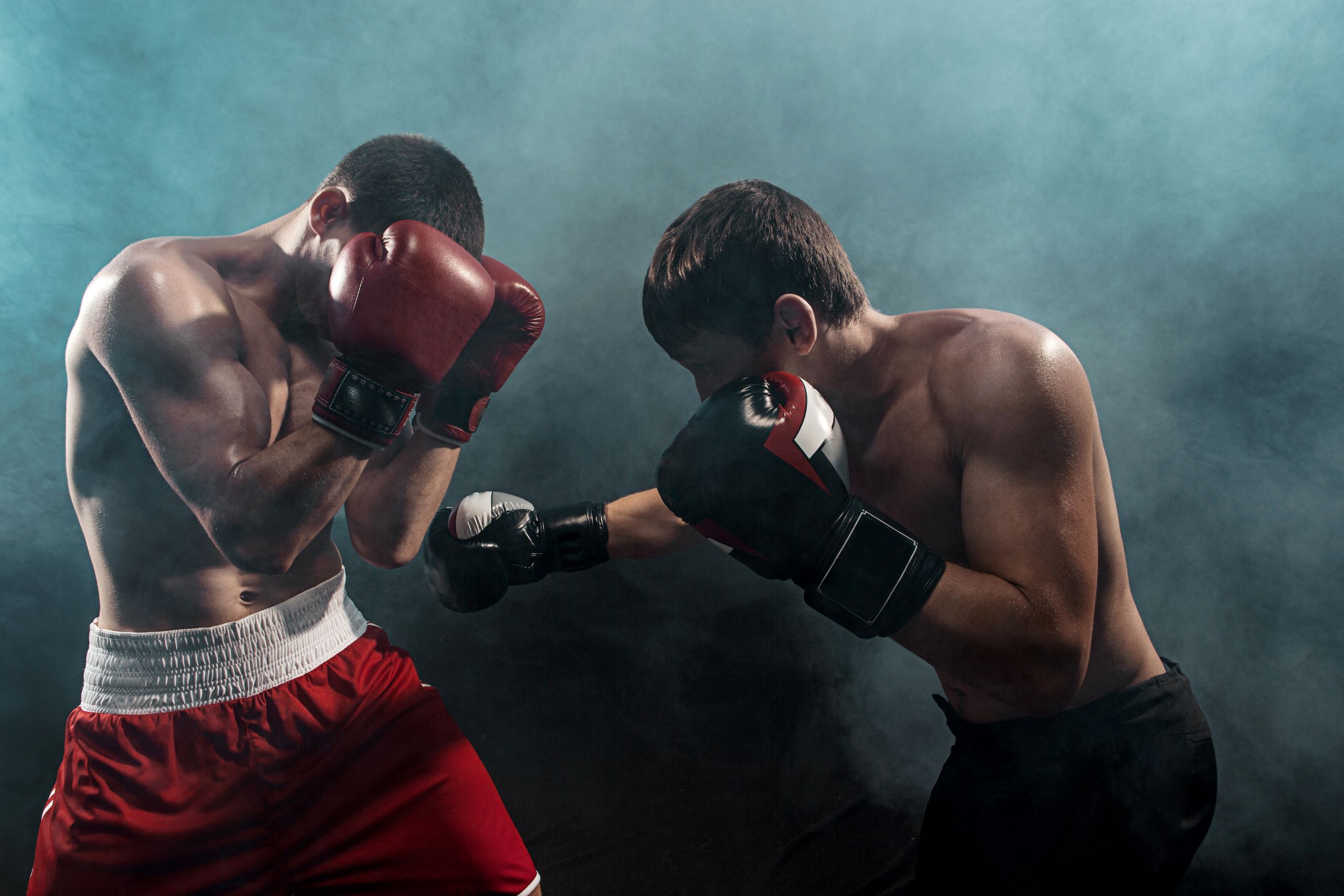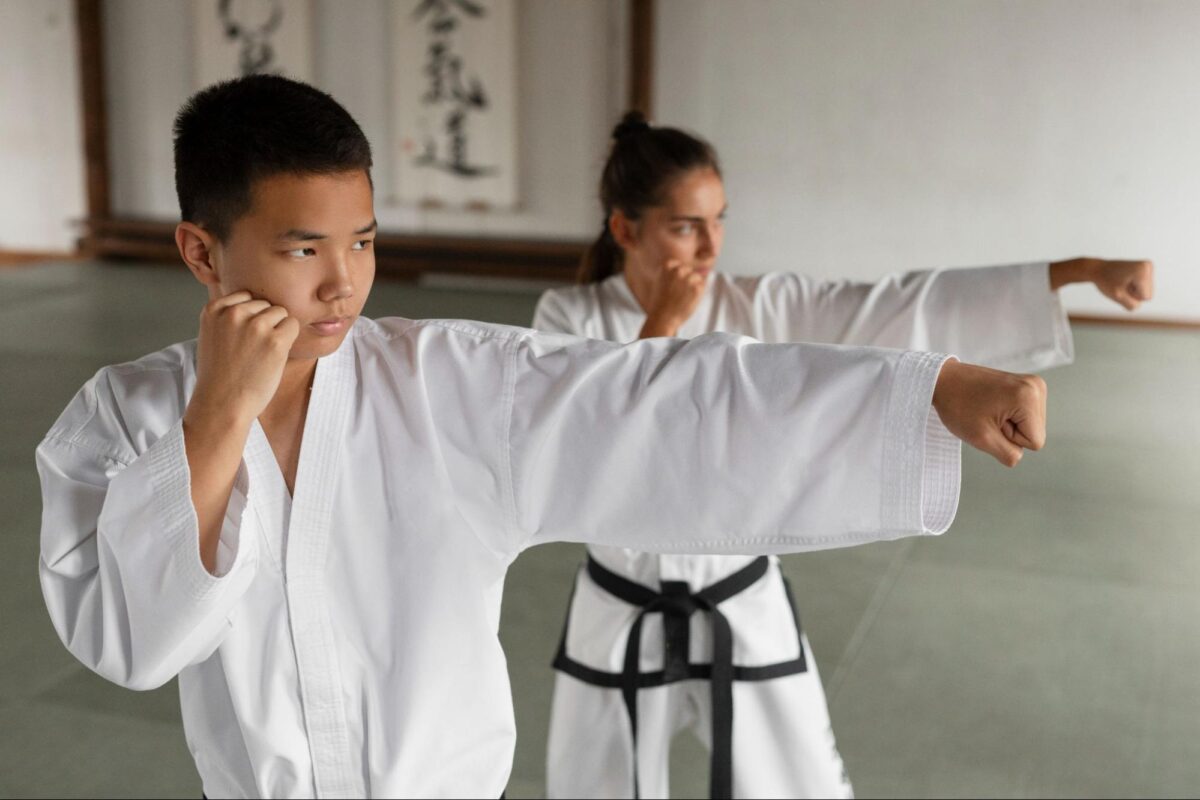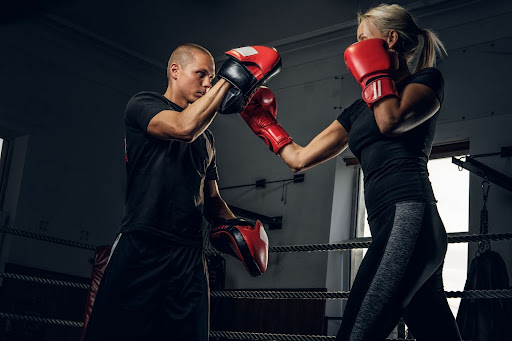
Posted Jun 20th, 2024
Hey there, future boxing champs! If you’re diving into the world of boxing, one of the first things you’ll need to understand is the concept of weight classes. These divisions play a crucial role in ensuring fair and exciting matches. Let’s break down the different boxing weight divisions, why they exist, and how you can figure out where you fit in. Ready? Let’s go!
Boxing weight divisions are categories that separate fighters based on weight to ensure fair and competitive matches. These divisions help level the playing field, allowing boxers to compete against opponents of similar size and weight. Professional boxing has 17 recognized weight classes, ranging from the lightest to the heaviest.
Boxers need different weight classes to ensure fair competition and protect the health and safety of the fighters. Imagine a lightweight against a heavyweight; it wouldn’t be fair or safe! Weight classes help balance the competition, ensuring that matches are determined by skill and strategy rather than size and weight differences.

At the lightest end of the spectrum, we have the Minimumweight (also known as Strawweight) division, which caps fighters at 105 pounds (48 kg). On the other end, the Heavyweight division starts at 200 pounds (91 kg) and has no upper weight limit. So, whether you’re a featherweight dynamo or a heavyweight powerhouse, you have a spot in the ring.
Here’s a breakdown of the recognized boxing weight classes:
Figuring out your boxing weight class is pretty straightforward. Here’s a quick guide:
Understanding the weight classes for boxing is crucial for anyone interested in the sport, whether you’re a beginner or a seasoned professional. Knowing your weight class helps ensure fair and safe competition, allowing you to focus on honing your skills and achieving your boxing goals. Whether you aim to compete or train effectively, recognizing the importance of boxing division weight classes will enhance your experience and performance in the ring.
Visit our website for more insights and detailed information on boxing weight classes and other essential aspects of the sport. Stay updated and informed to make the most of your martial arts journey. Happy training!

Posted May 28th, 2024
Life can be a real drag sometimes. Feeling overwhelmed, stuck in a rut, or just plain stressed? If that’s you, hold on! What if there was a way to kick all that negativity to the curb?
Sure, everyone knows martial arts are great for getting in shape and learning self-defense. But what if they could also be a game-changer for your mental health? It’s true! Studies by big names like the Mayo Clinic show exercise is a natural mood booster. Martial arts take this a step further by combining physical activity with mental focus, stress relief, and a whole lot of fun.
There are many martial arts styles, from the graceful movements of Tai Chi to the dynamic kicks of Taekwondo. Here’s how to find your perfect fit:

Think of martial arts as a lifelong adventure of self-discovery and growth. Be patient with yourself, celebrate your progress, and enjoy the process of learning and getting stronger (both physically and mentally!).
With dedication and consistency, martial arts can become a powerful tool for boosting your mental and physical well-being. So, ditch the stress and unleash your inner warrior! Martial arts offer a unique blend of physical activity, mental focus, and self-discovery. Whether you’re looking to de-stress, build confidence, or simply try something new, there’s a martial art style out there waiting for you. Take the first step today and schedule your introductory martial arts class today!

Posted Apr 24th, 2024
Etobicoke, a vibrant and diverse district in Toronto, Canada, is a melting pot of cultures. This rich tapestry extends to martial arts, where ancient traditions from across the globe are practiced and celebrated. Here at our academy, we embrace this multicultural spirit, offering a variety of martial arts disciplines that reflect the rich heritage of different countries.
Martial arts are not simply physical activities; they are ingrained with cultural values and philosophies that must be understood. By immersing ourselves in different martial arts disciplines, we undertake an enthralling journey through diverse cultures, each with its unique perspective on self-defence, discipline, and personal growth.
China boasts a rich martial arts history, with several prominent styles practiced worldwide:
Japan’s martial arts traditions, heavily influenced by the Bushido code of honour and discipline, offer a unique perspective on combat and self-improvement. These practices go beyond fighting techniques, emphasizing mental fortitude, respect for oneself and others, and a deep connection to tradition:
Our world is rich with diverse martial arts traditions, each telling a unique story about its cultural origins. Our academy offers a glimpse into this global tapestry with programs in:
Etobicoke’s rich multicultural landscape is reflected in the diverse martial arts practices available. By enrolling at Etobicoke Martial Arts, you not only learn valuable self-defence skills and improve your physical fitness, but you also gain an appreciation for different cultures and their philosophies.
Contact us today for a FREE 1st class!

Posted Mar 27th, 2024
In the dynamic world of boxing, mastering advanced techniques and understanding defense strategies are crucial for anyone looking to excel in the sport. This blog explores not only sophisticated punching techniques but also delves into essential defense moves, seamlessly integrating key concepts.
Before exploring advanced punches, let’s revisit the fundamental jab punch. The jab is the most basic yet critical punch in a boxer’s arsenal. It serves as a tool for both offense and defense. To execute a perfect jab, you need to extend your lead hand swiftly towards your opponent while maintaining your guard. The jab is not just about attacking; it’s also a strategic move to gauge distance and create openings for more powerful punches.
Adding a twist to your straight punches, the corkscrew punch involves a rotating motion, increasing the punch’s power. What makes it more intriguing is its defensive utility. When you’re learning how to block a punch in boxing, incorporating the corkscrew punch can be a game-changer. It allows you to deflect an incoming punch with the rotation of your fist, offering both an offensive and defensive mechanism.
Moving to more complex techniques, the boxing hook punch is a powerful tool in your boxing repertoire. It’s a semi-circular punch thrown with the lead or rear hand. The effectiveness of a hook lies in its ability to strike around an opponent’s guard. To execute a hook, pivot your front foot and rotate your body while swinging your arm in a hooking motion. The hook is especially useful in close-range combat, making it a potent punch against opponents with a tight guard.
The uppercut punch is a vertical, rising punch that’s thrown from below the opponent’s line of sight. It’s a devastating punch that can catch an opponent off-guard, particularly effective in close quarters. The uppercut requires proper body mechanics, involving a dip of the knees and a thrust upward with your arm, targeting the chin or torso of your opponent.
Weaving defense into offense, the check hook is a swift counter-attack. It’s not just about throwing punches; it’s about knowing how to block a punch in boxing. The check hook allows you to pivot away from an opponent’s punch, using their momentum against them. It’s a prime example of how defense and offense can be blended seamlessly in boxing.
The double jab is an advanced variation of the basic jab punch. It involves throwing two quick jabs in succession. The first jab can be a feint, drawing a defensive reaction, followed by a second, more precise jab. This technique is excellent for setting up combinations, leading into a boxing hook punch or an uppercut punch.
The gazelle punch and liver shot are advanced techniques that require precision and timing. The gazelle punch is about explosive power, closing distance quickly, while the liver shot targets the opponent’s body, specifically the liver, for a debilitating blow.
Incorporating these advanced techniques into your boxing routine will enhance not only your offensive capabilities but also your defensive strategies. Understanding how to block a punch in boxing, executing a crisp jab punch, delivering a powerful boxing hook punch, or landing a knockout uppercut punch are all critical skills for an amateur or professional boxer.
As you train, focus on integrating these techniques into your sparring sessions, always striving for that perfect blend of offense and defense. Remember, the key to boxing success lies in continuous learning and adapting, always staying a step ahead of your opponent.
At Etobicoke Martial Arts, we have professional instructors that can take you from beginner to advanced and everything in between on your boxing journey. Visit our website today to learn all about our exciting programs.
©2024 ETOBICOKEMARTIALARTS. All Rights Reserved.